In these decades, one of the most intriguing puzzles in paleoanthropology has been the Harbin skull known as “Dragon Man.” Discovered almost a century ago from the depths of a Chinese well, the large, thick-browed cranium defied categorization and generated intense arguments on its position in the human family tree. Now, innovative genetic and protein studies have at last revealed its true nature: the skull belongs to a Denisovan, an elusive branch of ancient humans hitherto only known from fragments of bone and DNA. This discovery not only clarifies a long-standing riddle but also provides the first unambiguous view of what these shadowy relatives looked like and changes our perspective of human development in Asia.
A Skull Hidden for Generations: The Curious Case of Dragon Man
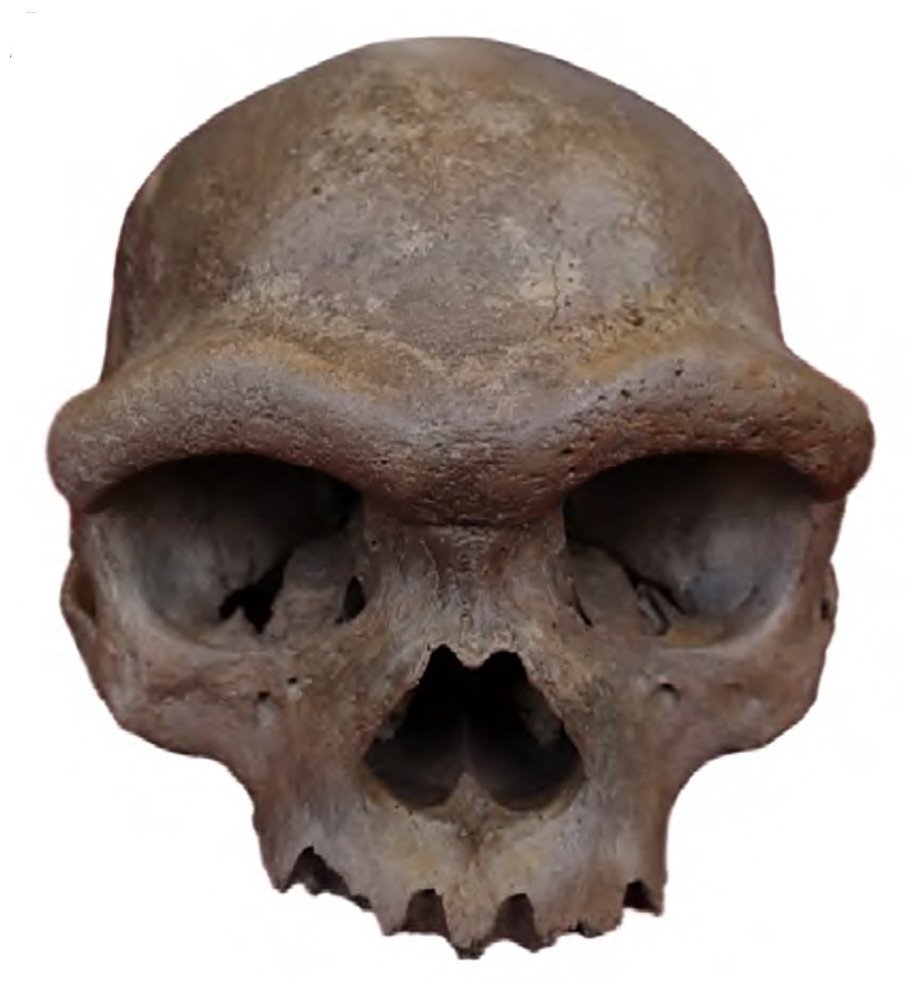
The path to scientific acceptance for the Harbin skull is as remarkable as the fossil itself. During Japan’s rule of Northeastern China, a laborer building a bridge over the Songhua River came upon the skull in 1933. He covertly hid it at the bottom of a well, where it stayed hidden for 85 years before his family donated it to researchers in 2018 fearing confiscation.
Scientists were stunned when they first looked at the skull. Measuring 9 inches long and 6 inches wide, it had a low, elongated braincase, clear brow ridges, and big eye sockets unlike any known human ancestor. Researchers labelled it as a new species in 2021, Homo longi (“Dragon River Man”), but critics claimed it might instead belong to the Denisovans, a group only known from DNA thus far.
Cracking the Code: DNA and Proteins Reveal Denisovan Identity
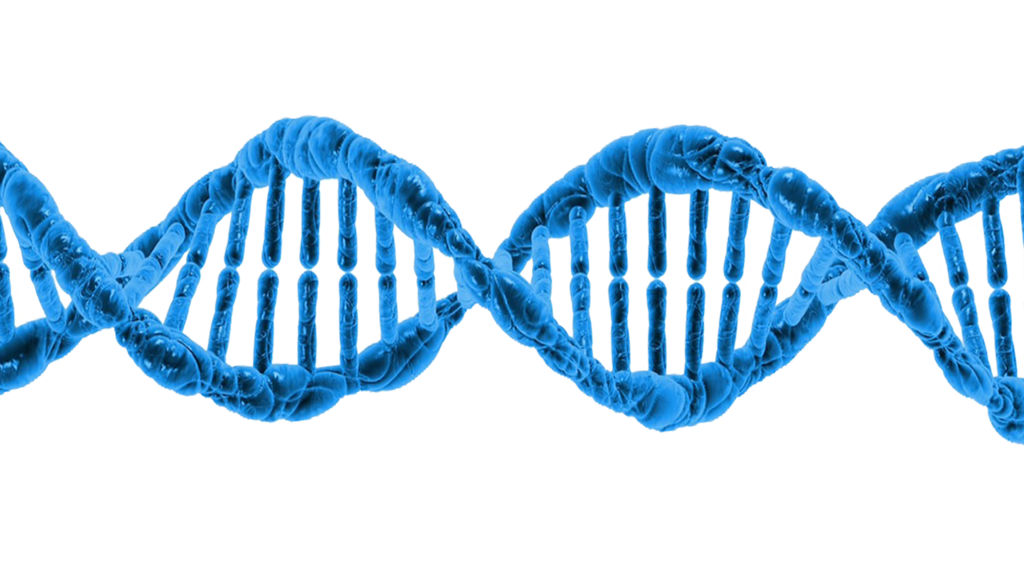
The discovery came when a team headed by Dr. Qiaomei Fu of the Chinese Academy of Sciences used innovative methods to remove mitochondrial DNA (mtDNA) from dental calculus hardened plaque on a surviving tooth of the skull. Although they missed nuclear DNA, the mtDNA matched known Denisovan sequences from Siberia, spanning 217,000 to 106,000 years ago.
More intriguing still, protein analysis of the dense petrous bone, a component of the inner ear—showcased amino acid markers distinct to Denisovans. Confirming that Dragon Man is indeed a Denisovan, the researchers noted in Science, “We now have the first complete morphological blueprint for Denisovan populations.”
What Did Denisovans Look Like? A Face Emerges from the Shadows
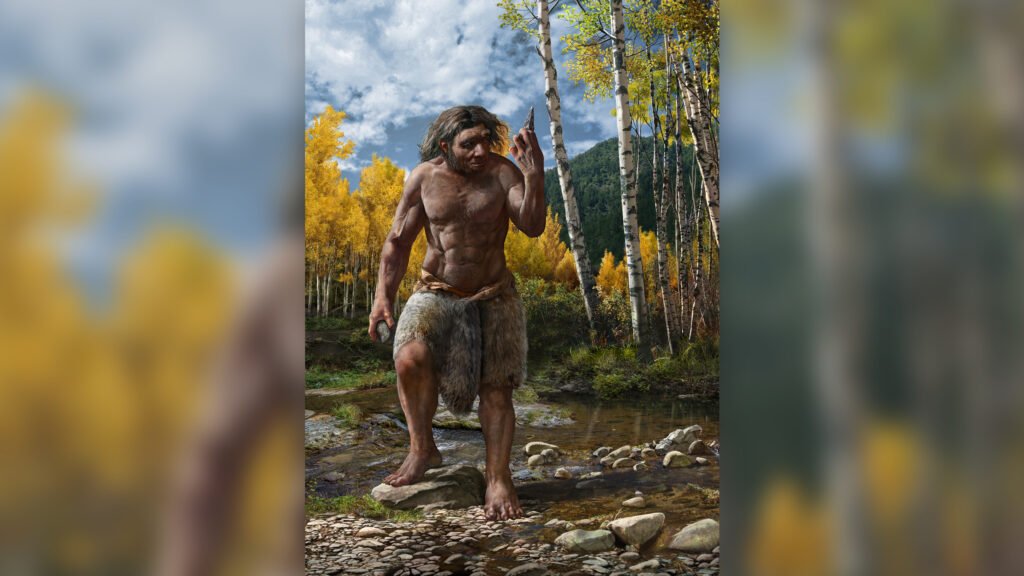
Denisovans were known just from a finger bone, a few teeth, and a jawbone hardly sufficient to reconstruct their appearance before this discovery. Now scientists can at last identify this mysterious species with the Harbin skull. Paleoanthropologist Ryan McRae says Denisovans most certainly possessed:
- Not as thin as those of Neanderthal or contemporary humans, notable brow ridges
- Though they have more teeth than ours, brains the same size.
- A strong jaw and a blocky, sturdy skull with a broad nose
“If you saw one walking down the street in modern clothes, you’d probably just think they were an unusually sturdy human,” McRae said, noting although their unique qualities would still stand out.
Rewriting Human Evolution: Denisovans’ Vast Asian Reach
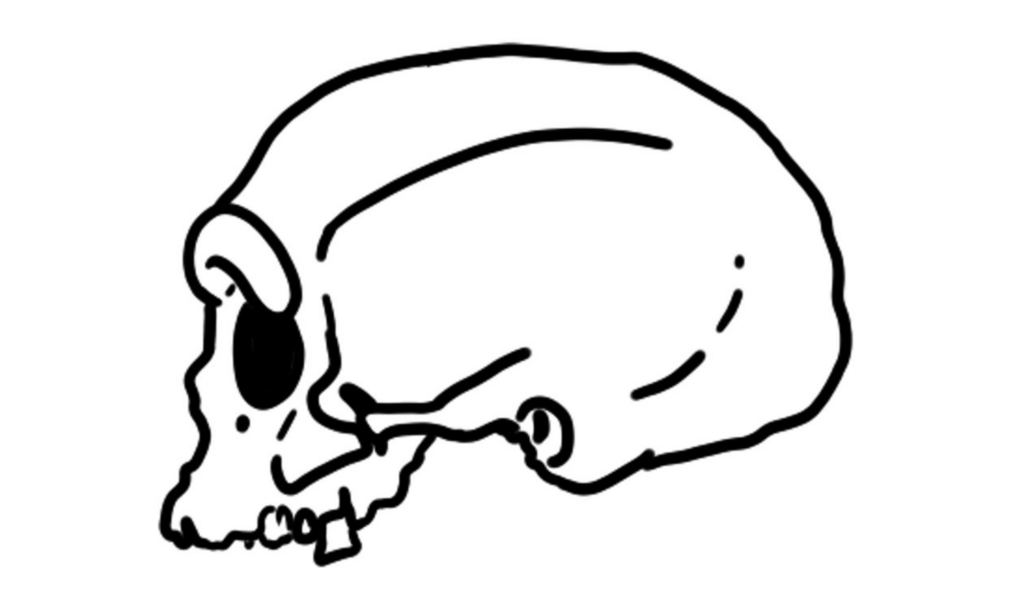
The Denisovan identity of the Harbin skull has seismic consequences for our knowledge of prehistoric human migration. Denysovans were formerly believed to be limited to Denisova Cave in Siberia, where first fossils were discovered in 2010. But Dragon Man’s presence in northeastern China and a Denisovan jawbone recently discovered close to Taiwan show they travelled thousands of miles over Asia.
This growth implies Denisovans were far more common and flexible than hitherto thought, perhaps living in a variety of habitats from cold Siberian cavernues to temperate Chinese river valleys. “They weren’t just a footnote in human evolution,” says Dr. Chris Stringer of London’s Natural History Museum. In the Pleistocene world, “they were major players”.
The “Muddle in the Middle”: A Time of Hybrids and Hidden Lineages
Often referred to as the “muddle in the middle” owing to overlapping species and interbreeding, the Middle Pleistocene (789,000–126,000 years) was a chaotic period in human evolution. Homo sapiens, Neanderthal, and Denisovans coexisted and sporadically interbred throughout this period, leaving traces in contemporary human DNA.
The Harbin skull throws still another layer on this riddle. While some scientists contend Homo longi should be the official species name for Denisovans, others warn more fossils are required to validate this. Either way, the discovery drives researchers to review other enigmatic Asian fossils, some of which might also be belonging to Denisovan populations.
What’s Next? The Hunt for More Denisovan Fossils
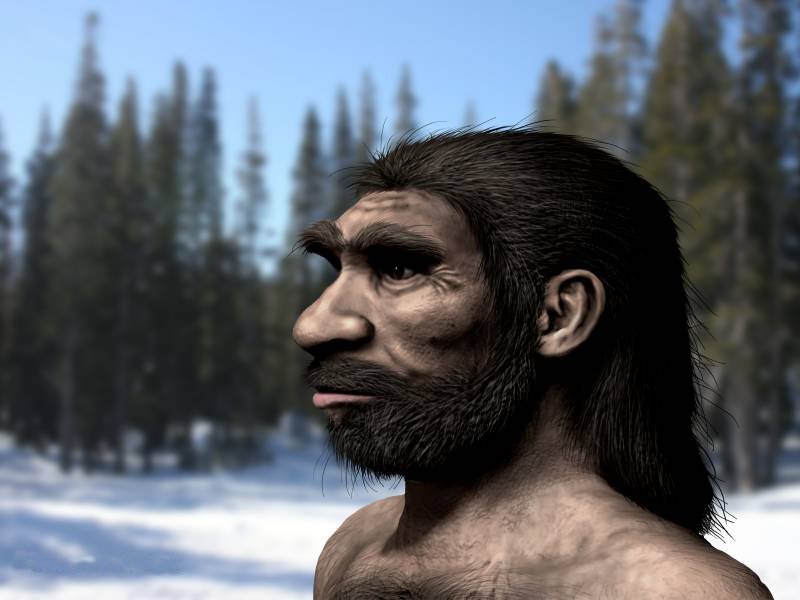
The hunt for more Denisovan remains is on once Dragon Man’s identity is verified. “Now that we know what to look for, we can revisit old fossils and see if they fit the Denisovan profile,” says paleoanthropologist Dr. Xijun Ni, who first labeled the skull as Homo longi.
Research going forward will center on:
- Pulling DNA from other Asian relics
- Examining Harbin’s form in relation to dubious specimens
- Finding out Denisovans’ interactions with Neanderthal and early humans.
Conclusion: A New Chapter in Human Origins
The actual identify of the Dragon Man skull marks a turning point in paleoanthropology. After years of conjecture, we at last have a face for the Denisovans and with it a better knowledge of our own convoluted evolutionary past. One thing is clear as researchers keep exploring this fossil and others similar: the narrative of human origins is far stranger and more complicated than we could have ever dreamed.
Sources:

Jan loves Wildlife and Animals and is one of the founders of Animals Around The Globe. He holds an MSc in Finance & Economics and is a passionate PADI Open Water Diver. His favorite animals are Mountain Gorillas, Tigers, and Great White Sharks. He lived in South Africa, Germany, the USA, Ireland, Italy, China, and Australia. Before AATG, Jan worked for Google, Axel Springer, BMW and others.




